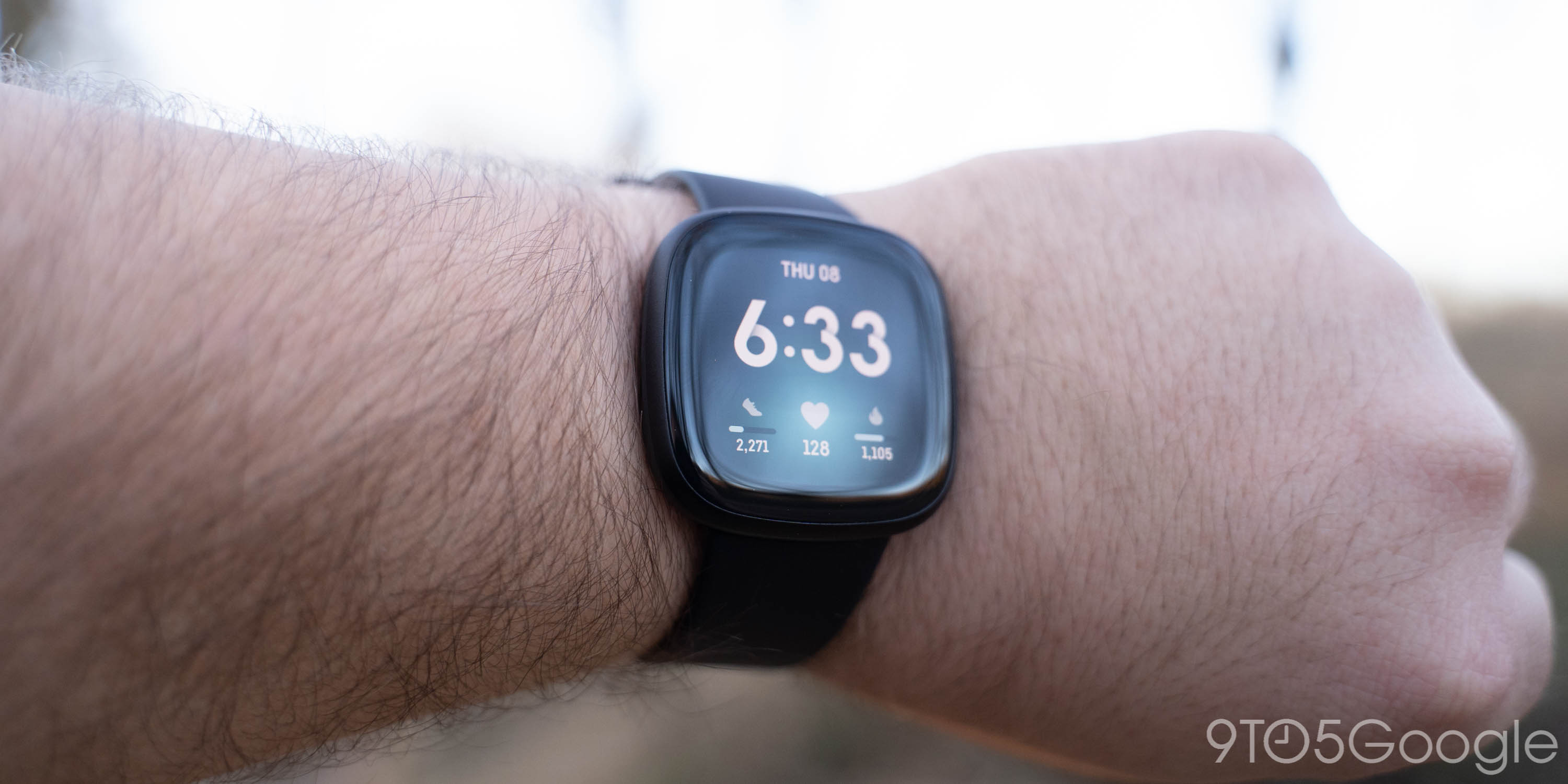

#Difference in fitbit sense and versa 3 skin#
While Fitbit-owner Google has the Google Pixel Watch, the Sense 2 still does things, like skin temperature readings and stress-tracking, that the Pixel Watch doesn't.

That's an abundance of tracking capability and fully entrenches the Sense 2 as Fitbit's namesake flagship. More than 40 compatible exercises to track.This gives you a truly holistic view of your well-being. Both the watch and the app experience deliver everything from sleep habits and analysis to heart rate variability readings, skin temperature, resting heart rate, and blood oxygen level. It's one thing to know you're stressed in the moment, but to see exactly how much and for how long you're stressed is a great feature.Īnd it's this emphasis on more than fitness statistics that makes the Sense 2 one of Fitbit's most well-rounded watches. The Fitbit Sense 2 has a built-in skin temperature sensor in addition to its heart rate monitor. The app's Weekly Summary function then charts each of those feelings throughout the week which provides an interesting snapshot of how your mood might ebb and flow. This feature is expanded on via the Fitbit app, too, where you're able to input specifically how you feel when your watch detects a stress event. It's a unique (and useful) feature that can help paint a picture of how well your body handles stressors each day. This can be done via things like breathing exercises or a call to exercise. Using its built in cEDA sensor, the Sense 2 takes real-time readings of your body's stress levels and can notify you of certain readings in order to help lower it. What's especially impressive is that the sum of these features makes the Sense 2 a powerful wellness tool that's intended for far more than just counting your steps or logging a bike ride. In addition to mainstays seen on other Fitbit watches like blood oxygen tracking, menstrual cycle logging, and heart rate variability, the Sense 2 goes further with built-in skin temperature sensor, ECG readings, and real-time stress tracking. If what you're after is a wearable that tracks activities accurately and offers a wide range of health features, the Sense 2 won't disappoint. The Sense 2 does more than just track your heart rate or steps taken as it also offers stress tracking, menstrual cycle logging, and blood oxygen tracking. But the question remains: Is it smart enough for you? After spending a month with it affixed to my wrist, it's clearly a premium wearable that utilizes Fitbit's excellent ecosystem of tracking capabilities, wellness insights, and app integration to offer some of the best health and wellness tracking in the game. Fitbit got rid of Google Assistant along with third-party app support - two big features that one could argue is more or less standard for smartwatches nowadays.Īdd in a discussion of the Google Pixel Watch, which is "smarter" than the Sense 2 and has basically all the same health features for just $50 more (Google acquired Fitbit in 2021), you have to wonder who exactly the Sense 2 is supposed to be for.īut the Sense 2 could be appealing to a specific user. In terms of smarts, Fitbit made some questionable downgrades. But those changes come with growing pains, especially for loyal users.

The company also put a lot of effort into enhanced health and wellness features, including meaningful improvements to stress tracking. And while it excels at offering holistic health data, some may be disappointed about how "smart" it can be when compared to other brands, or even the other best Fitbit devices.įor its second iteration of the Sense, Fitbit made some excellent improvements to its design.

Learn more.Īs Fitbit's premium flagship model, the Sense 2 wants to be the best fitness tracker and smartwatch all in one. When you buy through our links, Insider may earn an affiliate commission.


 0 kommentar(er)
0 kommentar(er)
